Awakening of Nations. Danish Golden Age of Painting
23 September – 7 November 2021
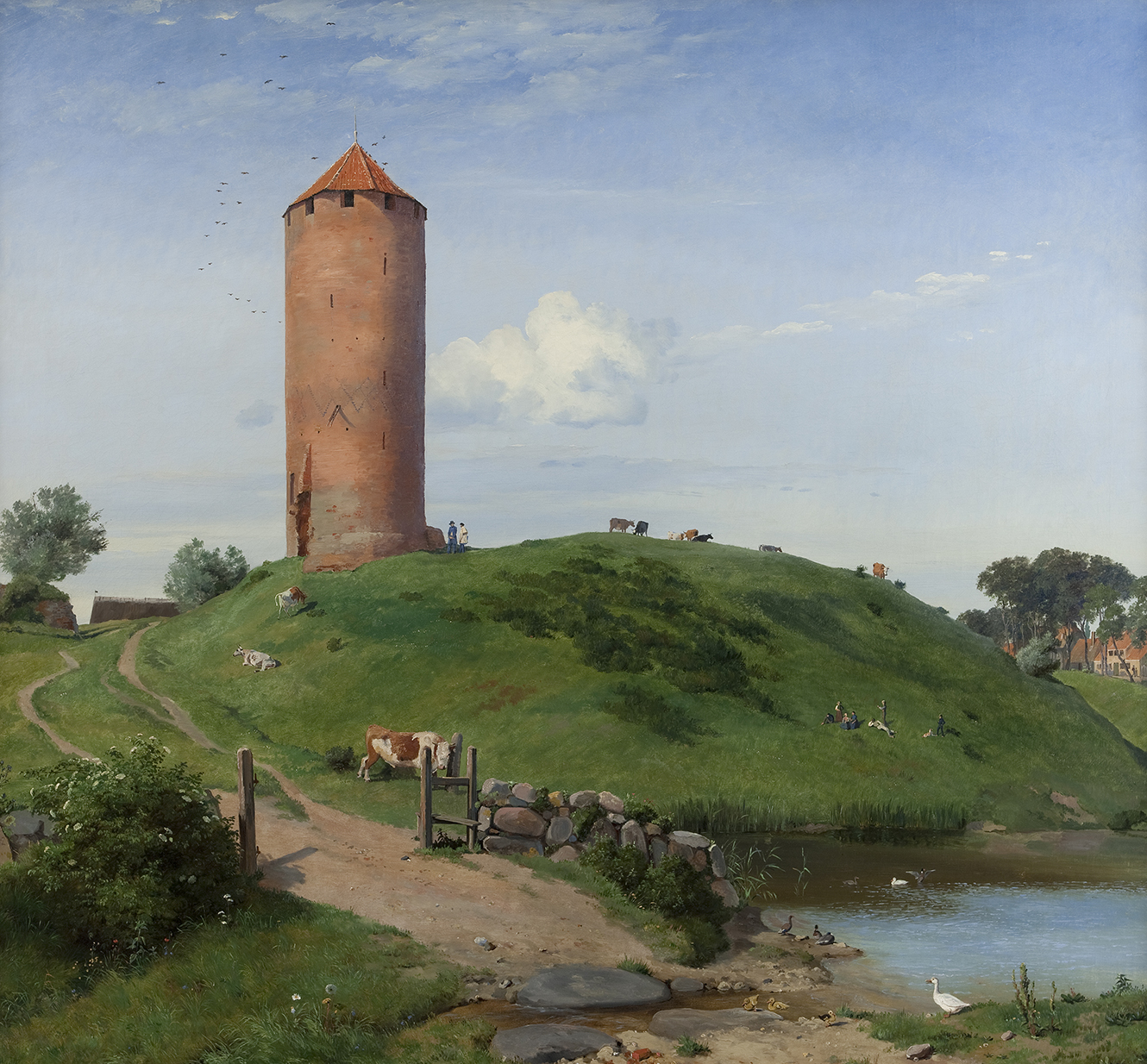
The new exhibition The Awakening of Nations brings more than 40 Danish Golden Age masterpieces to Vytautas Kasiulis Museum of Art in Vilnius to celebrate 100 years of official diplomatic relations between Denmark and Lithuania. The exhibition is organized by the Lithuanian National Museum of Art, the National Gallery of Denmark, the Danish Cultural Institute in Estonia, Latvia, and Lithuania, and the Embassy of Denmark in Lithuania.
46 Golden Age Masterpieces from Denmark
Art has a close and complicated relationship with national identity and feeling. Stories, rituals, symbols but especially also art can play an important part in the establishment of a shared historical and visual memory. In Denmark, it is often artistic works from the 1800s that are used to strengthen national cohesion and a sense of belonging. The fairy tales by Hans Christian Andersen, the national anthem by Adam Oehlenschläger and N.F.S. Grundtvig’s hymns are often attributed a special national meaning and power, and the same can be said of the Golden Age painters who have been reproduced in many different contexts and who have been crucial for shaping the Danish collective memory. In a Lithuanian context, the question of national belonging and the uncovering of a national character takes up a lot of space in the cultural discussion where the long lines back to Lithuania’s former periods of independence are explored. There exists a strong curiosity regarding the connection between art, culture and national cohesion and feeling.
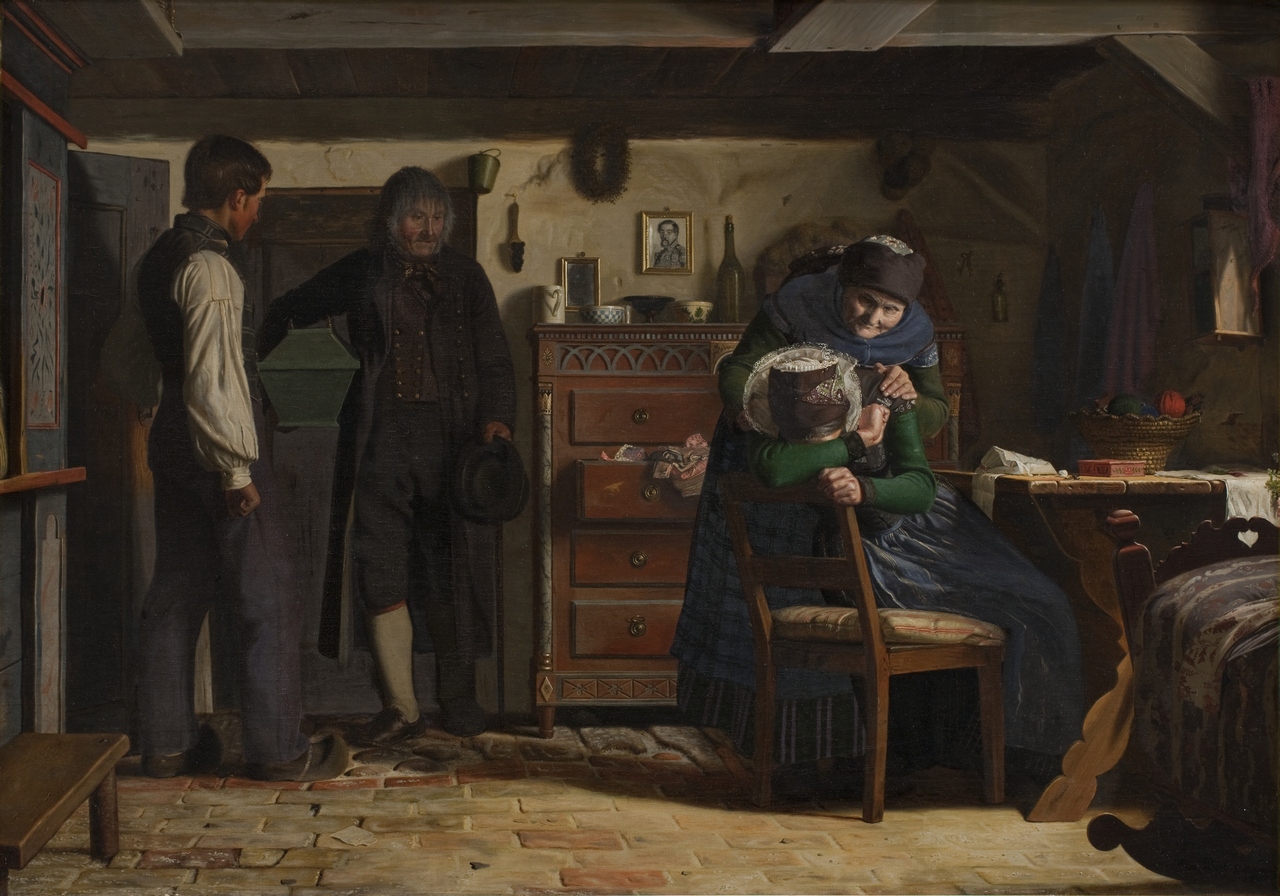
Lithuania is, compared to Denmark, a country without a long continual national history. The nation restored its independence 100 years ago in 1918 after having been controlled by foreign powers for a long time. Lithuania became occupied again by the Soviet Union in 1940, then by Nazi Germany in 1941 and then once again by the Soviet Union in 1944 until 1990. This historical context is crucial to understanding the Lithuanian national art and the Lithuanians’ relationship to their national identity. This relationship has been explored by the Danish ethnologist and traveller Åge Meyer Benedictsen who first came to Lithuania in the early 1890s at a time when the country as such did not exist. However, Benedictsen described Lithuania’s history, mythology, customs, language and political situation in a book which remains one of the most exhaustive accounts about Lithuanians as an ethnic group, fittingly named Lithuania, the Awakening of a Nation in English. Benedictsen’s goal was to create awareness and understanding in Denmark for the Lithuanian national awakening which he saw taking shape at the time, and it is clear that he considered culture to play a key role in this awakening and in the formation of a nation.
The Awakening of Nations consists of 46 paintings made by famous Danish Golden Age painters from the end of 18th to the beginning of 19th century such as Nicolai Abildgaard, C.W. Eckersberg, and Christen Købke. The exhibition expresses the strong feeling of national identity and history. Symbols, images, and stories that are told by The Awakening of Nations exhibition were consequences of a series of large national crises whereupon Denmark became geographically, financially, and politically smaller. However, art and culture flourished as a reaction to these uneasy times, and symbols and ideas created by the Danish Golden Age artists are a tremendous part of “Danishness” and the Danish cohesion, we know today.

‘For both Denmark and Lithuania, it is essential to discuss and discover how art and culture in general reflect and has formed and still forms our history. Danish Golden Age is an artistically strong and fascinating example of this.’
– Simon Drewsen Holmberg, Director of the Danish Cultural Institute in Lithuania, Latvia and Estonia.
It is no coincidence that at the same time an exhibition of Franciszek Smuglewicz “From ancient Rome to Vilnius University” is also exhibited at Vilnius Picture Gallery. This exhibition shares the themes with “The Awakening of Nations” and it’s tempting to draw parallels between them. These two exhibitions interact with each other and show how our national identities are connected to common values, culture, and art. Both exhibitions are examples of how culture and art can flourish during uneasy times. In this way it can also serve as an inspiration today.
Danish Cultural Institute in Estonia, Latvia and Lithuania information
On over 40 masterpieces from the Danish Golden Age and what makes them exceptional in the European context speaks the curator of the exhibition ‘The Awakening of Nations’ Henrik Holm:
Current safety regulations require the visitors to wear face masks and maintaining social distance of at least 2 m. Please follow the instructions given by the museum personnel and the signage that is placed throughout the museum floor to help encourage proper social distancing. Don’t forget to cover your mouth and nose with a tissue or your elbow before coughing or sneezing. Exhibitions and permanent exhibits can be visited without the Green Pass. Entrance to exhibition openings is possible with the Green Pass only.
Exhibition curator Henrik Holm

Organisers:
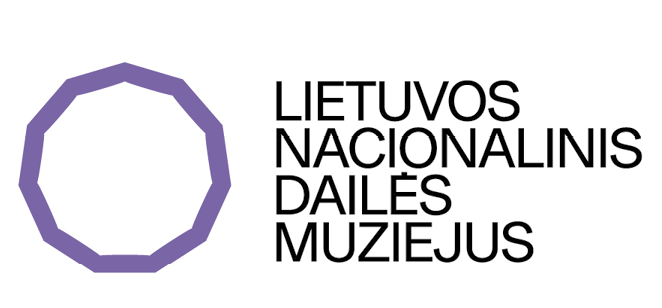

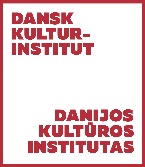

The project is financed by:

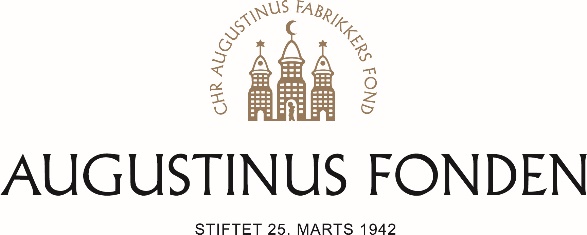

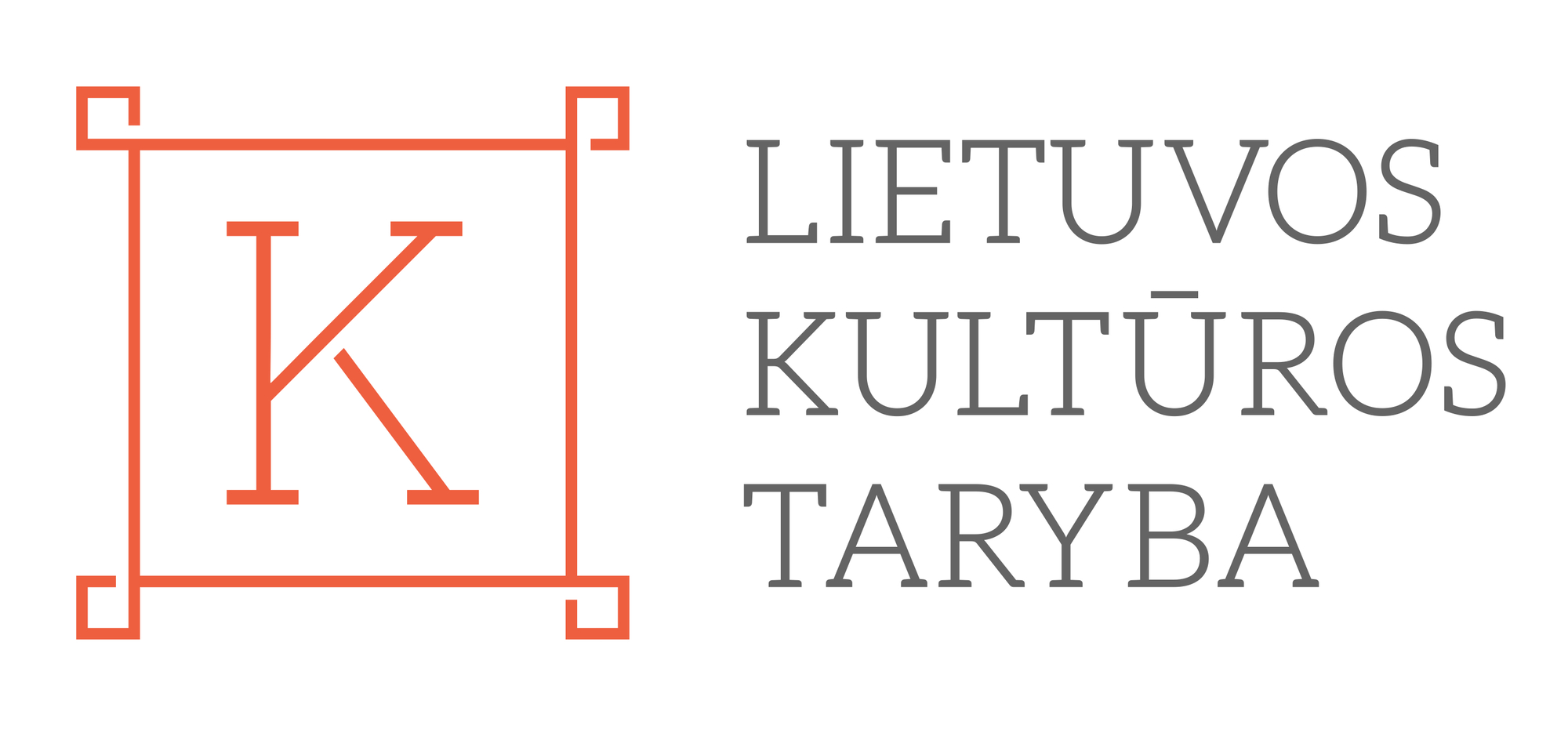
1 Goštauto st, Vilnius, Lithuania
+370 5 261 6764.
kasiulio.muziejus@lndm.lt













